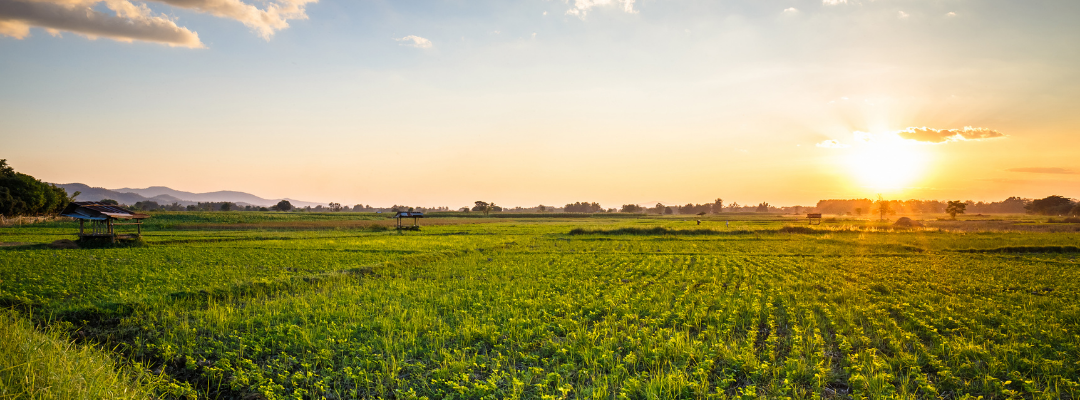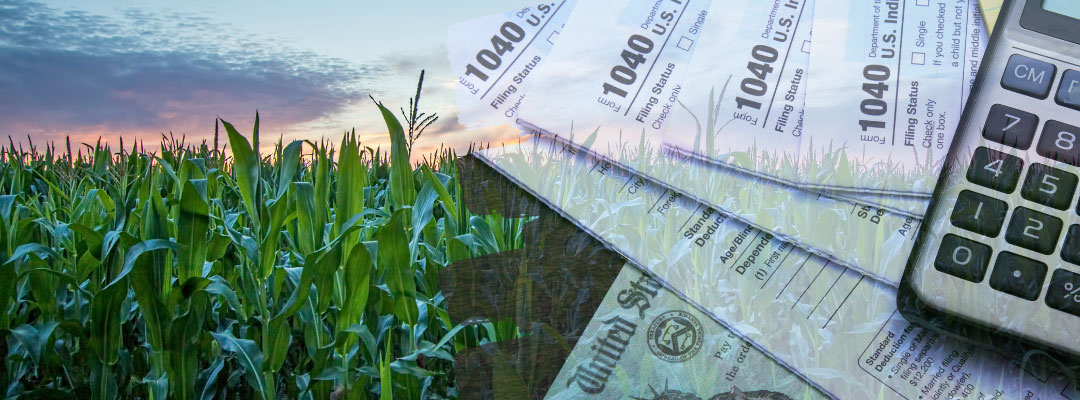Forest-based carbon programs are gaining momentum and offer opportunities for woodland owners in the Southeast to receive payment for sequestering carbon. While many carbon programs in agriculture have focused on generating carbon credits in row crop production, most verified carbon credits in global registries were generated from forest-based carbon projects. However, family forest owners have had limited access to such programs until now. Across the Southeast, there is an average of 16.5 million acres of forest land per state, of which an average of 85% is privately owned. Figures 1 and 2 illustrate total forest land and the percent privately owned for each state in the Southeast. Offering carbon programs to family forest owners provides ample opportunities to generate carbon credits from previously untapped resources. Two forest-based carbon programs of interest to woodland owners are The Natural Capital Exchange (NCX) and the Family Forest Carbon Program (FFCP). NCX and FFCP programs differ in a number of ways, including contract length and forest management approaches. For example, NCX offers a one-year harvest deferment contract, while FFCP is a long-term contract that pays for implementing forest management practices. Before enrolling, it is crucial to understand the differences between the two programs. Visit their respective websites for more information. Furthermore, ask questions, read the fine print, and consult with a lawyer to ensure the carbon program is right for you.
Figure 1. Total forest land by state in the Southeast

Figure 2. Percent of forest land privately owned by state in the Southeast

Shockley, Jordan. “Carbon Program Opportunities for Woodland Owners in the Southeast“. Southern Ag Today 2(41.3). October 5, 2022. Permalink







